Nunnamujip (눈나무집)
5.5 Km 12550 2020-06-16
136-1, Samcheong-ro, Jongno-gu, Seoul
+82-2-739-6742
Nunnamujip is famous for a North Korean dish called, “Kimchi mari guksu”, which is a noodle dish in cold kimchi soup containing toasted laver, a boiled egg, and sesame. The soup is refreshingly cold and a little spicy. For “Kimchi mari bap”, a bowl of rice is put into cold kimchi soup instead of noodles. The taste is very unique. In addition to Kimchimari, “Tteokgalbi” is a popular dish on the menu as well.
The main restaurant is located in the basement, which has only limited seating capacity with a few tables. As a result, many people usually wait in line for lunch or dinner. A second franchise has opened in a three-story building across the street. To enjoy a quaint atmosphere, the first establishment is better, but the new one’s interior design is much more modern and fancier, giving it a fresh altering look.
Museo del Búho (부엉이박물관)
5.5 Km 4043 2022-09-19
Bukchon-ro 143, Jongno-gu, Seúl
El búho es considerado como un animal símbolo de la sabiduría. En los cuentos infantiles, muchas veces se ven a búhos con gafas y libros en sus alas. El museo está diseñado al estilo clásico, como una cafetería, y expone obras artísticas, artesanías, etc., alrededor de 2.000 piezas relacionadas con los búhos. Dichos artículos fueron coleccionados durante 30 años, recorriendo varios lugares del mundo, por Bae Myeong-hui (madre de los búhos), quien es la directora del museo.
Es un espacio peculiar, que fue reconstruido sobre una antigua casa, y los visitantes son recibidos calurosamente por la madre de los búhos, que también les sirve café o té. Al estar ubicado cerca del centro de la ciudad, es ideal para aquellos que deseen disfrutar un momento especial, observando las artesanías y obras artísticas. Además, otra fuente de diversión es escuchar historias sobre los búhos y los episodios relacionados con la colección.
Hwang Seonsaeng (황선생)
5.5 Km 104 2021-03-18
19-2, Daemyeong-gil, Jongno-gu, Seoul
+82-2-744-3301
This is a Asian restaurant located in Daehak-ro, Seoul. Try a variety of Thai dishes. The best menu at this restaurant is pad Thai.
Banjeo (반저)
5.5 Km 55 2021-03-29
56, Daehak-ro 8ga-gil, Jongno-gu, Seoul
+82-2-742-9779
It's a great place to hold group dining and group meetings. This restaurant's signature menu is steamed pumpkin. This Korean dishes restaurant is located in Jongno-gu, Seoul.
Jeju Heukdwaeji Sundaegukbap (제주흑돼지순대국밥)
5.5 Km 114 2021-03-18
113, Dongsung-gil, Jongno-gu, Seoul
+82-2-741-9504
This is a Korean cuisine located in Daehak-ro, Seoul. Sundaeguk (Korean sausage soup) is a Korean traditional soup with sundae (Korean pork sausage). The best menu at this restaurant is blood sausage and rice soup.
Asian Table (아시안테이블)
5.5 Km 108 2021-03-18
11, Seonggyungwan-ro, 3-gil, Jongno-gu, Seoul
+82-70-7608-1763
This is a Asian restaurant located in Jongno-gu, Seoul. A pub where you can try a variety of Southeast Asian beers. The best menu at this restaurant is pad Thai.
Darakjeong (다락정)
5.5 Km 340 2021-03-26
131-1, Samcheong-ro, Jongno-gu, Seoul
+82-2-725-1697
Darakjeong has been popular for a long time because of the simple taste of its traditional Mandu (Korean stuffed dumpling). Since its opening in 1991, tasty soup and scrumptious Mandu have been served. A fist-sized Mandu is fully packed with seasoned meat, bean-curd, and various vegetables. Its thick dough makes it chewy and delightful. For one person, “Manduguk”(boiled dumpling soup) is a good choice. The delicious and nourishing taste of Mandu goes well with the sweet, spicy, and fresh taste of the soup. Manduguk is served in a brass bowl which keeps the food warm while eating. For a large-size group, “Mandujeongol” cooked with various vegetables in a casserole is recommended. There are two types of Mandujeongol that have different tastes. The main characteristic of “Kimchi Mandujeongol” is its spicy flavor, which reminds people of the refreshing taste of Kimchi soup, and “Tojang Mandujeongol” expounds on the savory taste of bean-paste soup. Tojang means folk soybean-paste. “Nokdujeon”(a Korean pan-fried dish with green mung bean) is another famous dish at Darakjeong, which is pan-fried with a very light seasoning to emphasize the original taste of Nokdu (green mung bean). Salted oysters with hot pepper are served with Nokdujeon instead of soy sauce, which is a perfect match.
Sinuyangdon (신우양돈)
5.5 Km 136 2021-03-18
19-8, Daemyeong-gil, Jongno-gu, Seoul
+82-2-747-3779
Spicy beef ribs are also available. The best menu at this restaurant is spicy grilled spareribs. This is a Korean cuisine located in Daehak-ro, Seoul.
Italy Moon - Daehakro Branch (이태리문 대학로)
5.5 Km 134 2021-03-19
21, Daehak-ro, 12-gil, Jongno-gu, Seoul
+82-2-741-5353
This is a Western cuisine located in Daehak-ro, Seoul. The best menu at this restaurant is pizza. A restaurant offering discounts to student ID card holders.
Tumbas Reales Uireung en Seúl (서울 의릉) [Patrimonio Cultural de la Humanidad de la Unesco]
5.6 Km 13843 2020-12-18
Hwarang-ro 32-gil 146-20, Seongbuk-gu, Seúl.
+82-2-964-0579
Uireung son las tumbas del rey Gyeongjong (1688-1724, rey de 1720 a 1724), el 20º rey de la Ddinastía Joseon, y su segunda esposa la reina Seonui (1705-1730).
El rey Gyeongjong fue el primer hijo del rey Sukjong y Janghuibin, una de las concubinas del rey. El rey Gyeongjong nació débil y anémico, y falleció solo 4 años después de ser proclamado rey, sin ningún logro político de importancia. La reina Seonui fue princesa en 1718 y reina en 1720, cuando el tey Gyeongjong ascendió al trono. Está considerada una reina prudente. Las tumbas Uireung se diferencian de otras tumbas reales en que no están una al lado de la otra, sino que siguen la teoría geomántica y una está justo detrás de la otra.
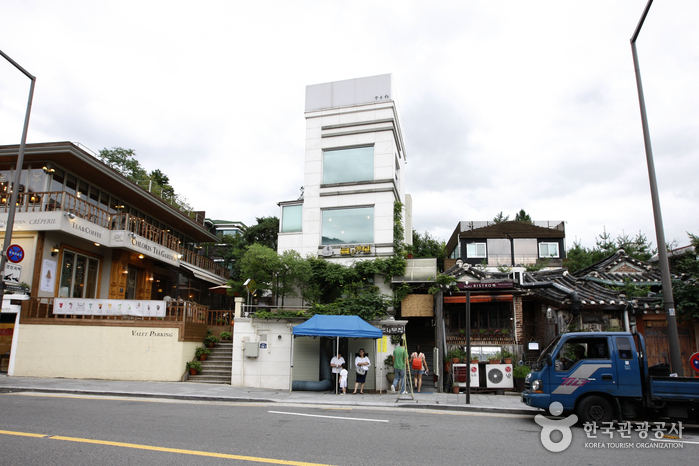
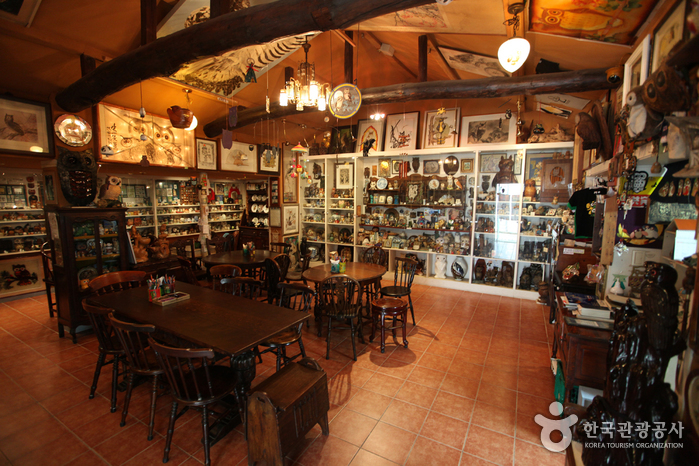

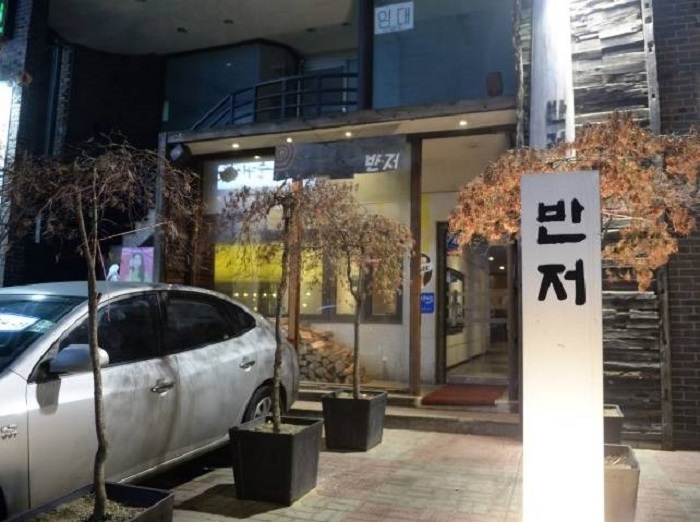
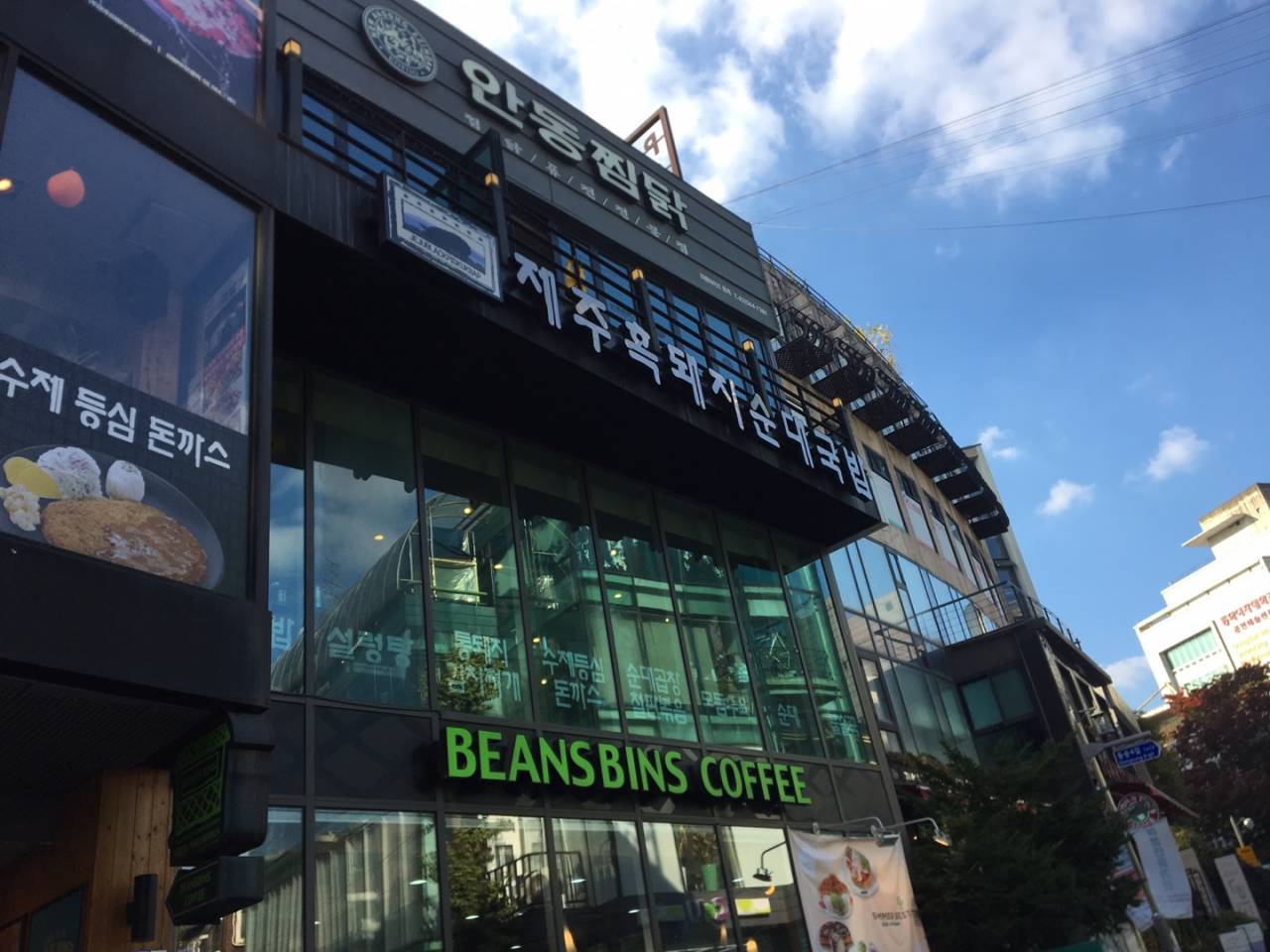
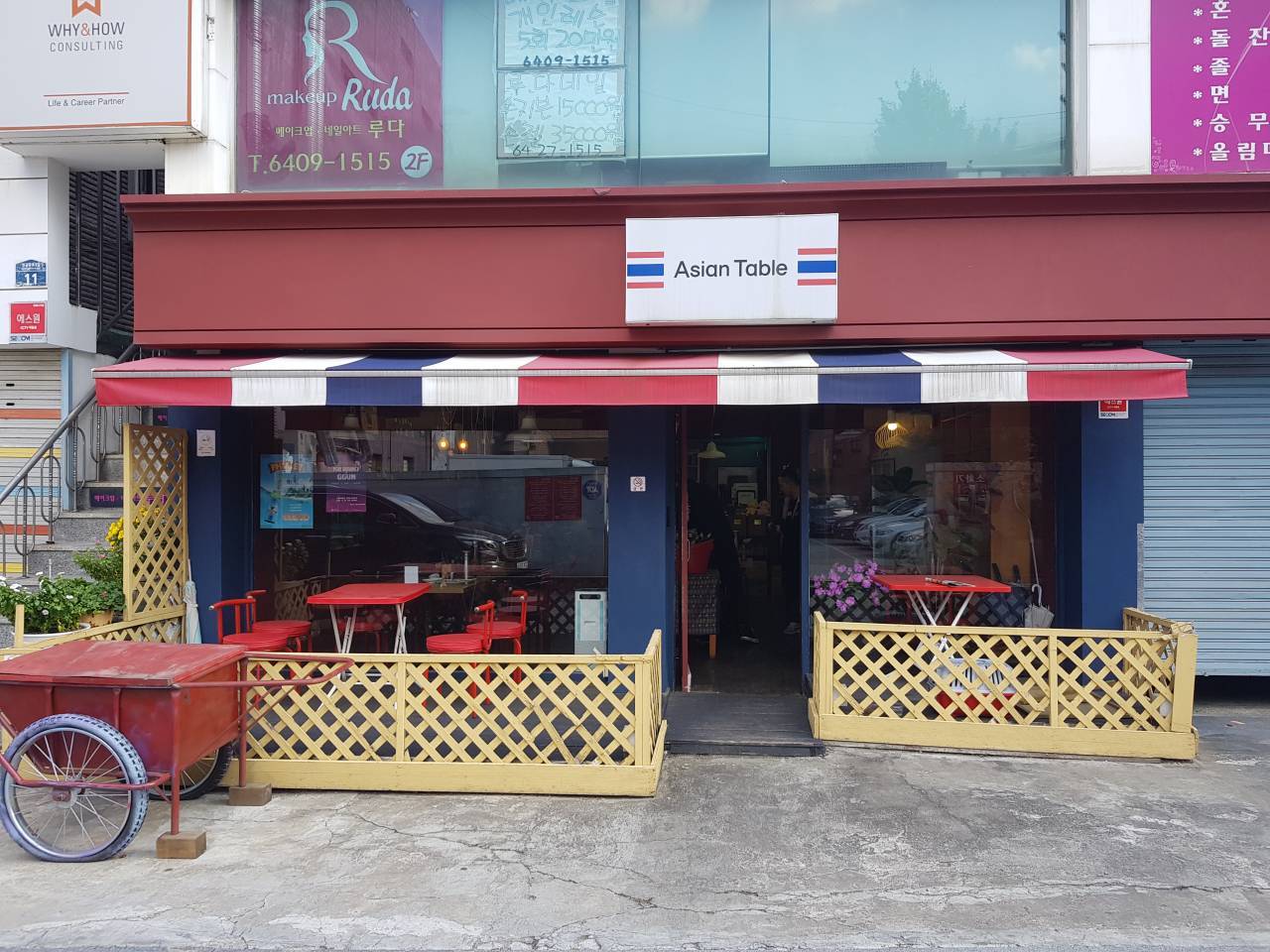
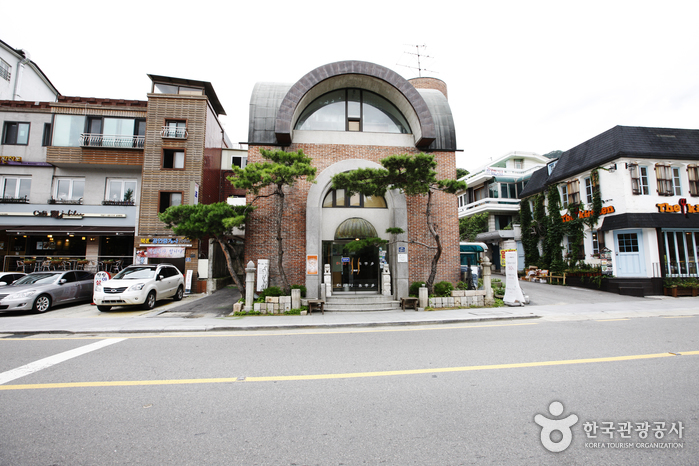
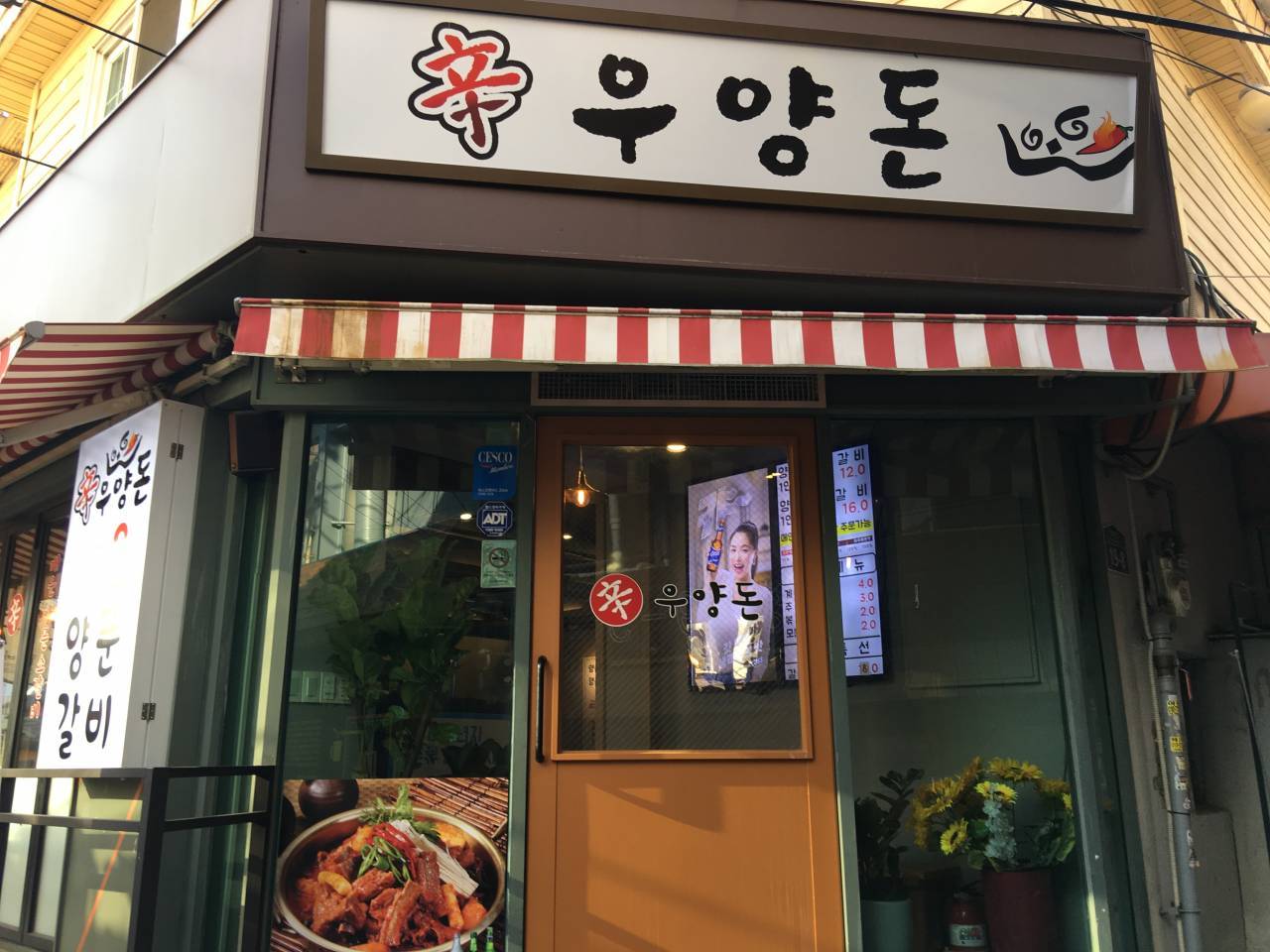
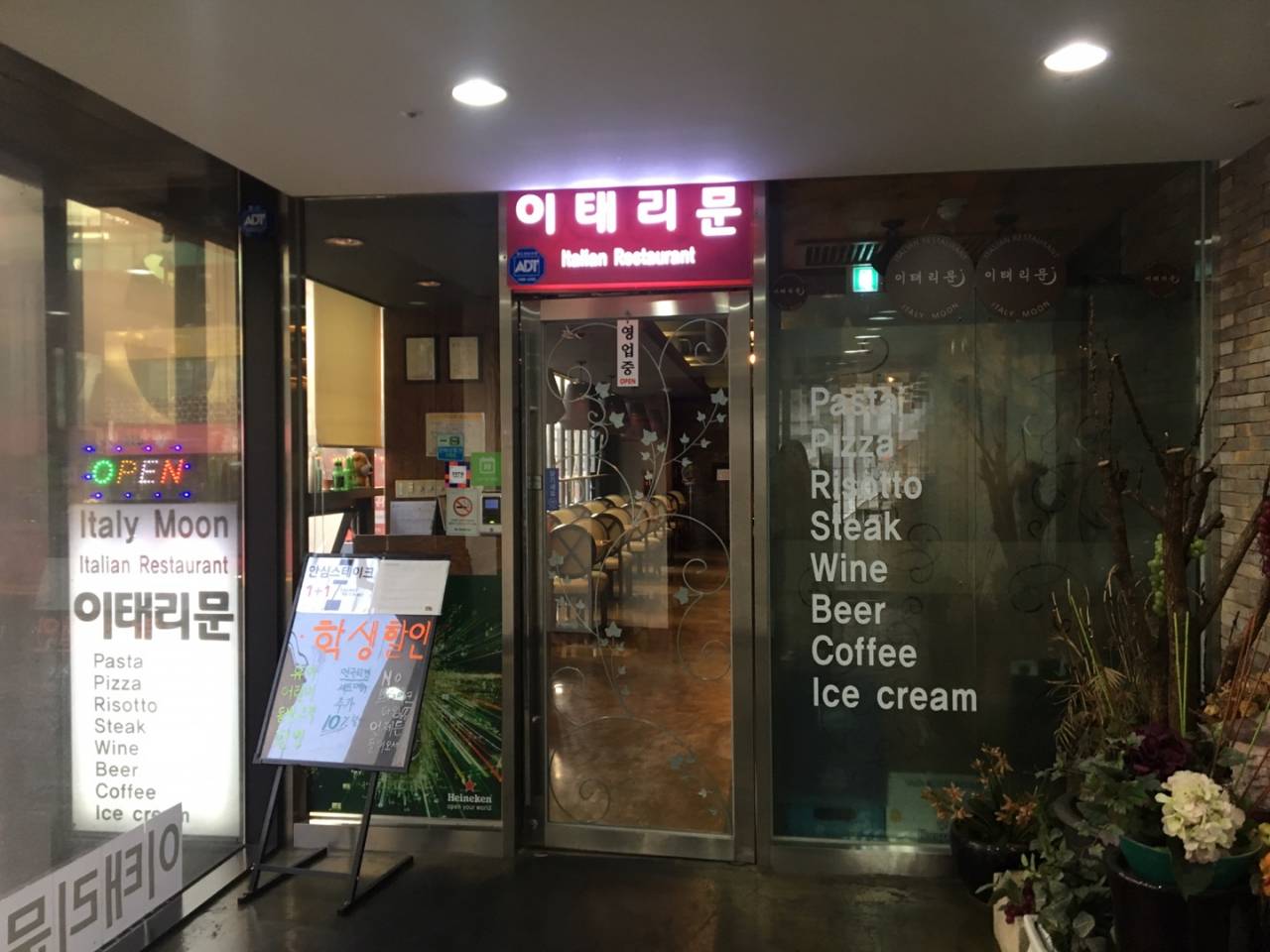
![Tumbas Reales Uireung en Seúl (서울 의릉) [Patrimonio Cultural de la Humanidad de la Unesco]](http://tong.visitkorea.or.kr/cms/resource/80/2690680_image2_1.jpg)
 Español
Español
 한국어
한국어 English
English 日本語
日本語 中文(简体)
中文(简体) Deutsch
Deutsch Français
Français Русский
Русский